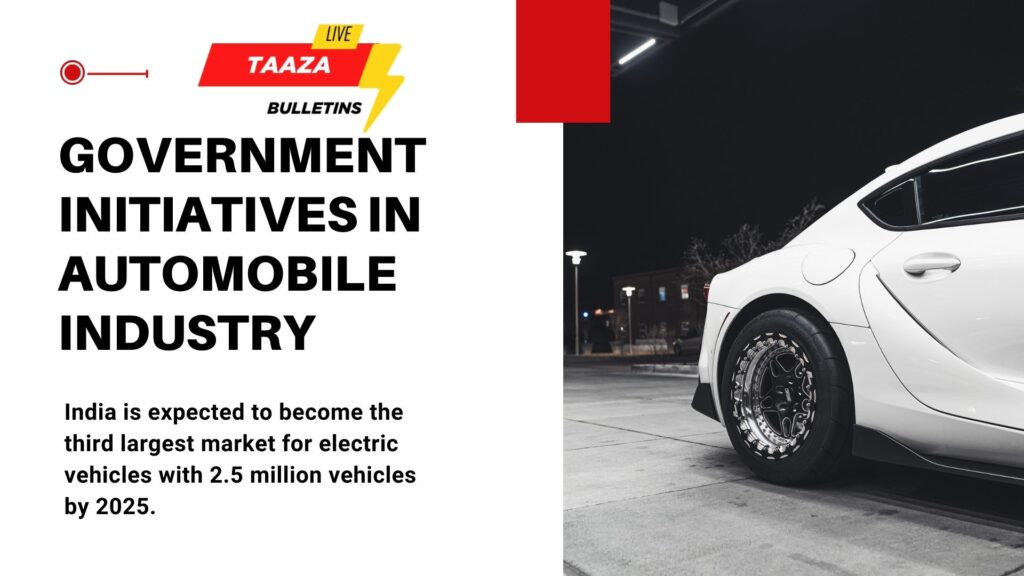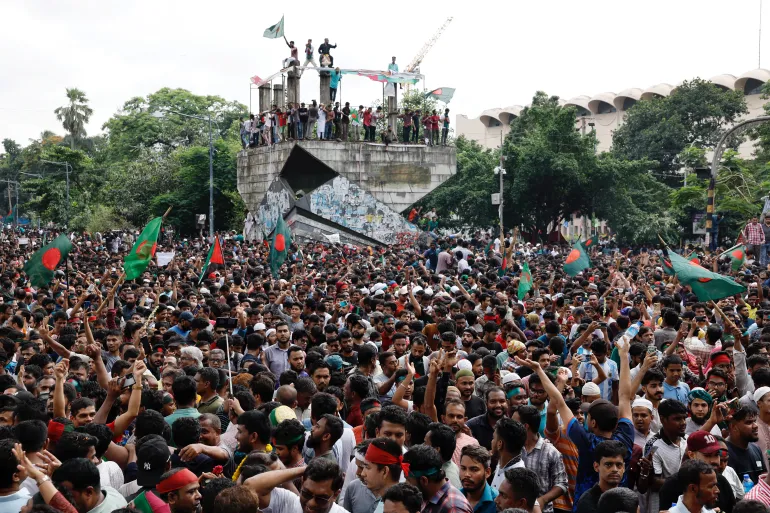In September the exports of readymade garments (RMG) rose 17.3% to $ 1.1 billion.
Table of Contents
Amid concerns about Bangladesh’s garment industry, the US International Trade Commission (ITC) has noted that American consumers view India’s political stability as an important factor when choosing clothing from the country.
The ongoing political instability in Bangladesh seems to have provided an advantage to India, as exports of readymade garments surged by 17.3 percent in September compared to the previous year.

This increase occurs at a time when other countries that export apparel are facing a decline. Despite facing global challenges such as inflation and disruptions in supply chains, India’s garment exports have benefited from the turmoil in Bangladesh.
“India’s readymade garment (RMG) exports have shown significant growth despite the global challenges and persistent inflationary pressures,” stated Sudhir Sekhri, chairman of the Apparel Export Promotion Council (AEPC). “In contrast, major apparel-exporting nations have experienced a slowdown in RMG export growth in recent months.”
Bangladesh, recognized as one of the leading garment exporters globally, is currently dealing with socio-political unrest, resulting in the temporary shutdown of several factories.
“If the socio-political issues in Bangladesh continue for more than one or two quarters, their exporters may encounter difficulties in meeting delivery deadlines,” as noted in a report by CareRatings.
“In such circumstances, India could potentially secure additional monthly export orders ranging from $200 to $250 million in the short term.”
Indian exporters have the potential to secure a lasting market presence at the expense of Bangladesh through enhanced operational efficiencies and backward integration, as noted in the report.
This development has created fresh avenues for Indian exporters to broaden their international reach.
Sekhri has revealed intentions to engage in international trade fairs and to organize Bharat Tex 2025, a significant event for India’s apparel industry.
“We have conducted roundtable discussions with global brands and purchasing consultants, and their participation reflects a strong desire to establish more profound connections with Indian exporters,” he stated.
The AEPC plans to host international roadshows in Spain and New York to promote Indian trade, technology, and cultural heritage.
Mithileshwar Thakur, the secretary-general of the AEPC, remarked that India is increasingly recognized as a favored sourcing hub. “In recent months, Indian apparel exports have been experiencing remarkable double-digit growth,” he noted.
This upward trend has been supported by the expanding markets in nations that have entered into free trade agreements (FTAs) with India.
India’s readymade garment (RMG) exports, which had previously been stagnant, have experienced a significant recovery in the current financial year. In September, RMG exports increased by 17.3%, reaching $1.1 billion. For the first half of the financial year 2024-25, exports rose by 8.5% to $7.5 billion. The resurgence in growth began in February, and with the exception of a 1% year-on-year decline in April, apparel exports have remained in a positive trajectory throughout the current fiscal year.
“India’s RMG exports have demonstrated substantial growth despite facing global challenges and ongoing inflationary pressures. Even leading apparel-exporting nations have encountered a slowdown in RMG export growth in recent months,” stated Sudhir Sekhri, chairman of the Apparel Export Promotion Council (AEPC).
India’s garment exports have been relatively stagnant for over a decade, with growth from $13.9 billion in 2013 to $14.5 billion in 2023, amounting to a mere cumulative increase of 4.6%. In contrast, during this same period, apparel exports from Vietnam and Bangladesh have surged significantly ahead of India.
Growth has also been observed in exports to Free Trade Agreement (FTA) partner countries, with notable increases such as 17.3% to South Korea, 8.5% to Japan, 9.3% to Australia, and 13% to Mauritius during the period from April to August 2024. “It is evident that FTA partner countries are now facilitating the expansion and growth of the RMG market,” remarked Thakur.
American buyers prefer apparel sourcing from India, says report
India’s exports to Bangladesh are expected to face negative repercussions in the short term due to the recent political turmoil in Bangladesh, which may moderately impact India’s merchandise exports, as indicated by Acuité Ratings & Research.
Additionally, imports are anticipated to be disrupted in the near future, potentially affecting the supply chain for certain Indian companies within the textile industry, according to the agency’s assessment.
Bangladesh has served as a consumer market for various Indian fast-moving consumer goods manufacturers, and a slowdown in this sector is also anticipated.
In the previous fiscal year (FY24), India enjoyed a robust trade surplus with Bangladesh, characterized by substantial exports of cotton yarn, agricultural products, engineering goods, and chemicals.
However, the overall effect on India’s trade and economy is expected to be minimal, as trade with Bangladesh (including both merchandise exports and imports) constitutes merely 1.2 percent of India’s total trade volumes.
Bangladesh represents a significant market for Indian yarn, accounting for 25-30 percent of total yarn exports. Should the crisis endure for an extended period, these exports, which reached $1.3 billion in FY24, may be impacted, potentially leading to reduced realizations and profit margins in export markets.
Conversely, the ongoing crisis may create opportunities for Indian fabric and garment manufacturers to enhance their export market share.
The primary markets for Bangladeshi textile goods include the European Union, the United States, Canada, Australia, and Japan. There is a potential for a 15-20 percent decline in garment exports for the upcoming summer season (January-March 2025) due to recent disruptions and factory closures. This situation could present both short-term and long-term opportunities for Indian garment exporters if the crisis does not resolve quickly, as noted by Acuité Ratings.
Approximately one-third of India’s garment exports were directed towards the United States, making it the leading export destination with a total value of US $4.6 billion. The US International Trade Commission (ITC) report has recognized India’s competitive edge, largely attributed to its significant vertical integration, especially in cotton apparel and high-value items, as most raw materials are sourced domestically. Nonetheless, challenges such as increasing labor costs, small production unit sizes, and elevated logistics expenses have been noted.




